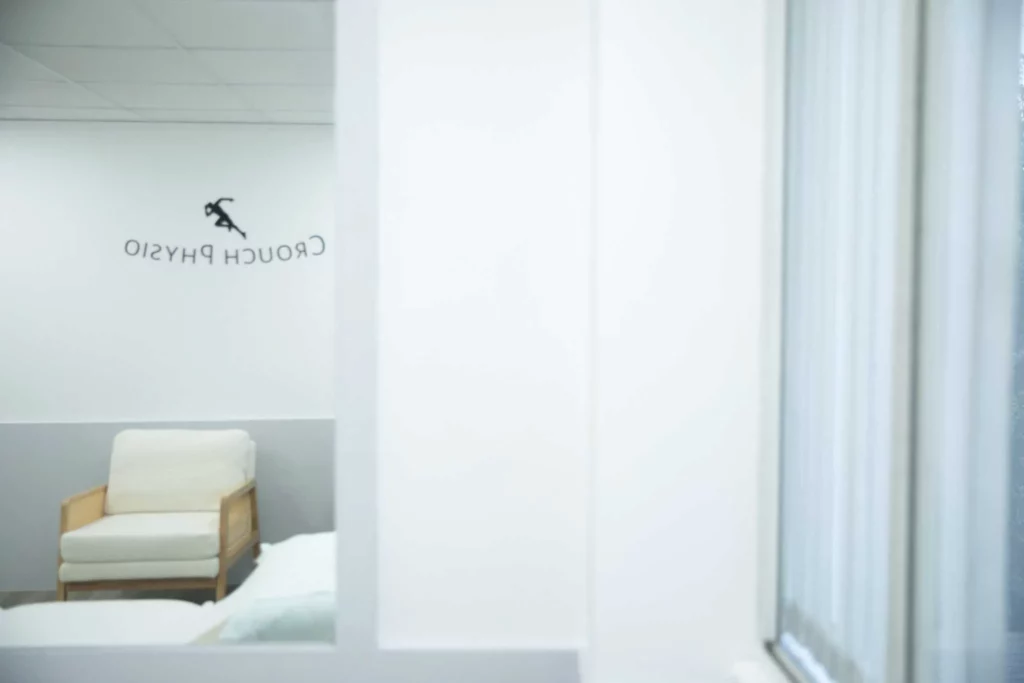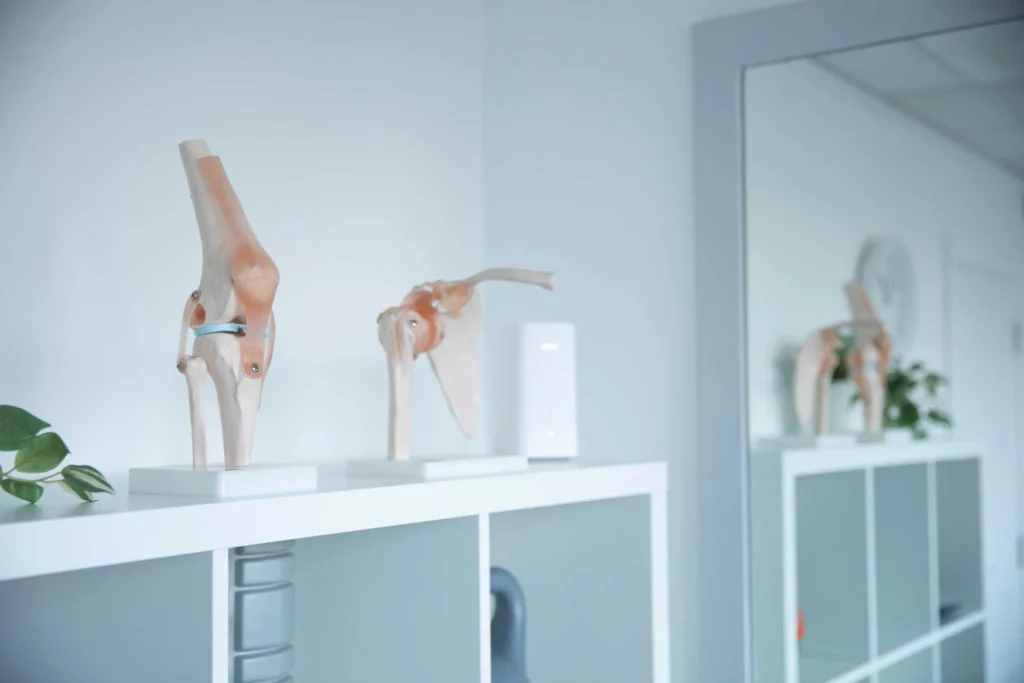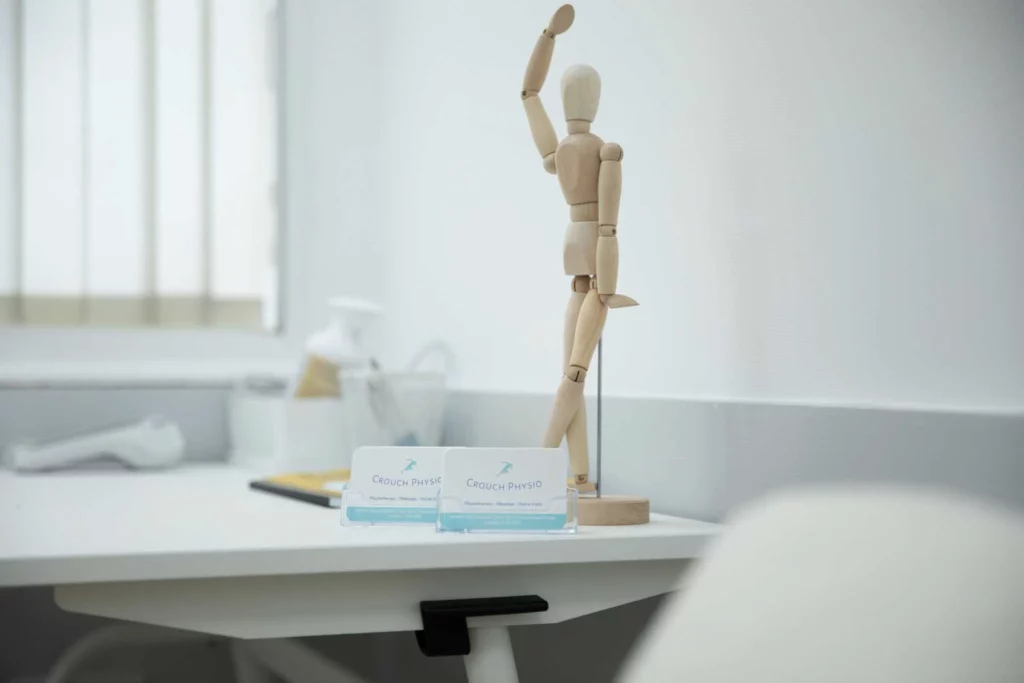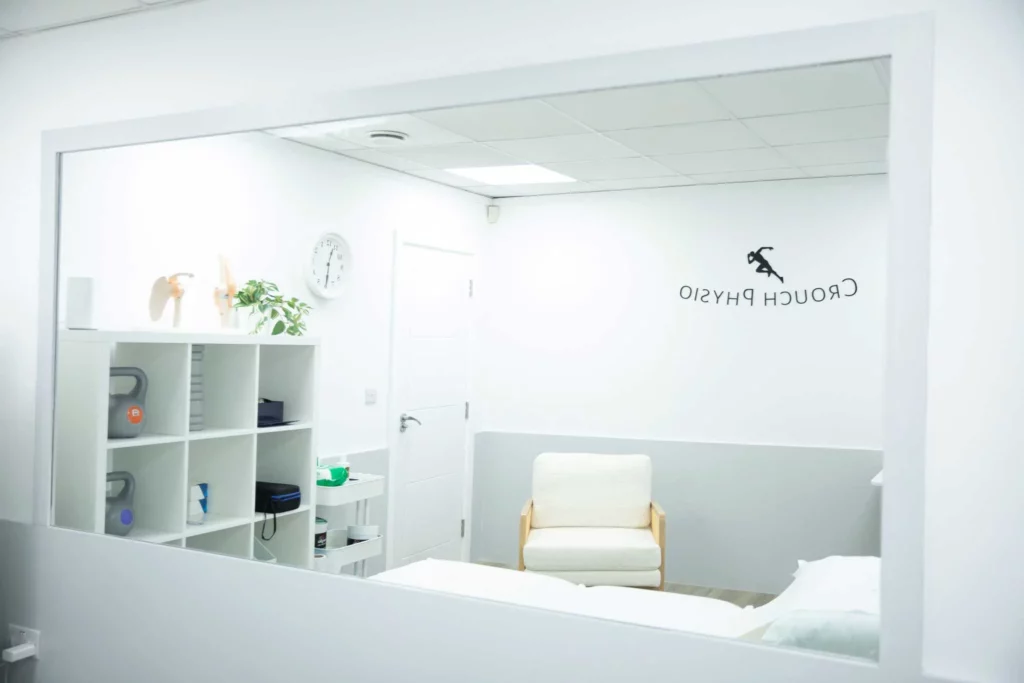As a physiotherapist, one of the more common gait abnormalities I see in the clinic is the Trendelenburg gait. If you’ve ever noticed someone walking with a noticeable dip of their pelvis to one side, chances are you’ve witnessed it too. But what exactly is it, and why does it happen? Let’s break it down in plain terms.
What Is Trendelenburg Gait?
In simple terms, the Trendelenburg gait is a walking pattern that occurs when the muscles around the hip, particularly the gluteus medius and minimus aren’t doing their job as they should (1). These muscles are crucial for keeping your pelvis level when you’re standing on one leg, like during the walking cycle. When they’re weak or not functioning properly, the pelvis drops on the side opposite to the affected hip, leading to that characteristic sway or dip.
Why Does It Happen?
The reasons behind a Trendelenburg gait can vary widely (2), but some of the most common culprits include:
- Muscle Weakness: This is usually due to disuse, injury, or nerve issues.
- Hip Pain or Arthritis: Pain can make it hard to fully engage the hip muscles.
- Surgical Recovery: After procedures like a hip replacement, these muscles might need time to rebuild their strength.
- Neurological Conditions: Sometimes, nerve damage or conditions like polio or cerebral palsy can affect muscle control.
How Do We Assess It?
Before diving into treatment, a thorough assessment is essential. Here’s how we usually approach it:
- Observation: Watching the way someone walks can reveal the characteristic pelvic drop associated with Trendelenburg gait.
- Strength Testing: We assess the strength of the hip abductors, especially the gluteus medius and minimus, through specific exercises and manual resistance tests.
- Range of Motion: Checking hip mobility helps rule out stiffness or other joint- related issues.
- Functional Tests: Tasks like single-leg stance or step-downs give us insights into how the hip muscles function under load.
- Imaging (if needed): In some cases, we might collaborate with other professionals to use imaging like X-rays or MRIs to rule out structural problems.
This comprehensive evaluation helps us pinpoint the root cause and tailor a treatment plan specifically to your needs.
How Can We Fix It?
The good news is that Trendelenburg gait is often something we can address in physiotherapy. The key lies in strengthening and reactivating those hip muscles, particularly the abductors. Here are some steps we usually take:
- Strengthening Exercises: Targeted moves like side-lying leg lifts, clamshells, or resistance band walks are staples for rebuilding glute strength (3).
- Balance Training: Improving your balance helps these muscles learn to stabilise the pelvis effectively (4).
- Gait Re-Education: Sometimes, we need to retrain your brain and body to adopt a more efficient walking pattern.
- Addressing Underlying Issues: If there’s a root cause, like arthritis or post-surgical recovery, we tailor the plan to manage those specific challenges.
When to Seek Help
If you’re noticing a lopsided gait or feeling unstable while walking, it’s worth getting it checked out. Left unaddressed, a Trendelenburg gait can lead to other issues, like knee pain, back pain, or even falls. A physiotherapist can assess your movement and design a plan tailored specifically for you.
So, if you’re feeling a little “swayed” by your walk lately, don’t ignore it. Your hips will thank you for giving them the TLC they deserve!
Our Barnet, Cockfosters & Enfield Physio’s have tons of experience and are specialists in dealing with Trendelenburg Gait. Have confidence that our specialist Physiotherapists will closely assess, diagnose & treat you in the correct & evidence-based way for all injuries. You can book an appointment here.
Blog By: Emre Oz (Musculoskeletal Physiotherapist at Crouch Physio).
References
- Gandbhir, Viraj N., et al. “Trendelenburg gait.” StatPearls [Internet]. StatPearls Publishing, 2024.
- Gogu, Swetha, and Viraj N. Gandbhir. “Trendelenburg sign.” (2020).
- Peterson, Seth, and Thomas Denninger. “Physical therapy management of patients with chronic low back pain and hip abductor weakness.” Journal of Geriatric Physical Therapy 42.3 (2019): 196-206.
- Freitas, Letícia Jonas de, Sharon Moreira Ignácio, and Thatia Regina Bonfim. “Effects of sensorimotor training on pelvic stability and balance in runners.” Fisioterapia em Movimento 34 (2021): e34125.




